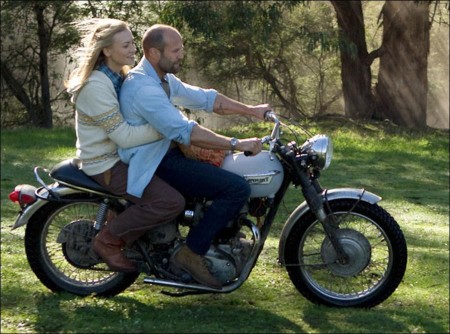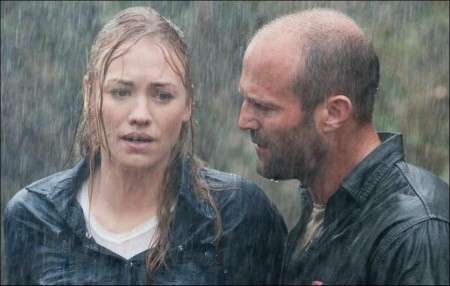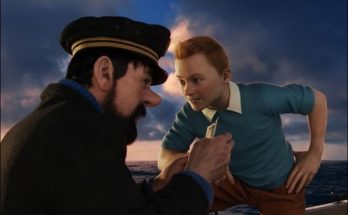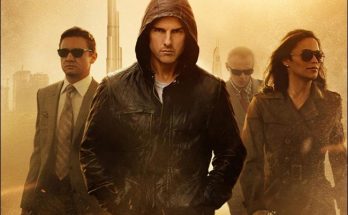Taglines: May the Best Man Live.
Based on a shocking true story, Killer Elite pits two of the world’s most elite operative, Danny, an ex-special ops agent and Hunter, his longtime mentor, against the cunning leader of a secret military society. Covering the globe from Australia to Paris, London and the Middle East, Danny and Hunter are plunged into a highly dangerous game of cat and mouse.
Mexico, 1979. Danny (Jason Statham) and his mentor Hunter (Robert De Niro) are mercenaries lying in wait for their prey. A convoy of police escorts and limousines appear. With ruthless efficiency Danny assassinates his target. But in the same car is a ten-year-old boy. Danny cannot bring himself to kill the boy, and in his moment of hesitancy is himself shot. Hunter saves his life, but Danny realizes he can no longer live the life of an assassin for hire.
Meanwhile, a political situation which will have far-reaching consequences is brewing. British Intelligence has been drawn into a furtive and unholy alliance with Sheikh Amr bin Issa, a renegade Omani chieftain with six months to live. In exchange for oil rights, the Sheikh wants revenge on the men who killed three of his four sons—blood for blood. The twist? All three sons were killed by the SAS during the secret Oman War. The Sheikh wants a filmed confession from each SAS soldier before the execution. One final requirement: for the sake of secrecy, the deaths must appear accidental.
A Machiavellian puppet master known as the “Agent†contacts Hunter, who is now operating alone, and informs him that there is a $6 million dollar contract waiting for him in Oman if he wants the job. Once Hunter gets to Oman and realizes the SAS is the target of the hit, he tries to flee, but is caught and returned to the Sheikh’s palace where he is held captive.
In the year since the events in Mexico, Danny has been searching for peace and a new life away from the deep shadows of his past as a contract operative. This search has led him to the Australian bush where he meets Anne (Yvonne Strahovski), who owns the ranch next to his.
Danny’s new life abruptly changes when the Agent sends a photo of Hunter being held captive in the Sheikh’s palace. It is all part of the Agent’s plan: only by threatening Hunter can he lure Danny, the best operative in the world, back into the game. To save Hunter’s life, Danny must take on Hunter’s contract to kill three of the best of the SAS.
Production Information
Setting an action thriller in the 1980s
Being set in the ’80s affected the overall look of the film as well as that of the individual characters, and also necessitated some careful location scouting. As director Gary McKendry says of the overall recreation of the period, “The single most important thing in this film was keeping it authentic. I had a vision at the start of this film with lots of hand-held camera flying around, very loose, but I can’t do that because I move the camera here, I see a satellite dish, I move there, I see a parking meter, I move there I see a cell phone tower, it’s not 1980 anymore. So we had to move the camera in a much more intimate way, it’s still hand held, it’s still little short zoom work, it still has a certain spontaneity where actor leads and the camera is trying to keep up, but not quite to the extent I had initially wanted. But Simon Duggan at the helm made this work, he lit it not slick, not beautiful, he kept it real, and that was the key for me, was keeping it real, keeping some truth in it.”
Costumes
The costumes and the look of each character also had to fit the period in an authentic way, which in this case did not mean the style of the 1980s that immediately comes to mind. McKendry says, “People say 1980, but to these guys [the ex-soldiers]… it’s 1972, maybe 1970. They don’t know about what’s ‘in’ or punk, or new wave, they don’t know about New Romantics. They live in the world of bands like Slade and Sweet.”
Hair and Make-Up
Key hair and make-up was created by Oscar®-winner Paul Pattison who thrived on keeping the look of the film real. “The great thing about this project is that it is set in the early 1980s but we were designing something that wasn’t theatrical, it wasn’t going to be over the top ’80s, it’s not going to be [pop group] Wham. And luckily enough I was there in the 1980s so I knew exactly what was going on then. We were able to take twenty-seven different cast members and individually look at each character. It doesn’t matter if they play for two days or fifty days on the shoot, we treated each person as a particular look. We kept that look quite understated but at the same time something that is a little bit interesting and a little bit left of centre but not over the top, and I think we’ve achieved that.”
Working with each actor individually allowed for great attention-to-detail to get the look exactly right which, as a result, made it more of a collaborative process than on most films, as Paul explains. For Clive Owen this resulted in him appearing in the film, as he has never been seen before. His character Spike sports a very 1980s moustache that Clive grew for authenticity. Clive explains: “Well it’s weird cause I kind of grew up in the 1980s so I feel close to it. I think Gary [McKendry] and I are of the same sort of generation so there’s a whole world which is quite familiar to me and there’s lots of memories and lots of details that you remember. So it’s very weird going into some of the sets because they’ve done a very excellent set design on this and it feels very period, it’s not an 1980s fashion show with clothes and everything, it’s very much broken down and to look as real as possible. I looked at pictures of the 1980s and everyone had moustaches, if you go back and look at soccer teams and any pictures from that period, moustaches were big then, so I felt I should go there.”
Locations
The majority of the film was shot in Victoria, Australia, with filming also taking place in Jordan and Wales. Victorian locations doubled for London, Oman, or Paris, and director Gary McKendry used distinct color palettes for each part of the world to help tell the story, although they are not all what you might expect. Gary says: “The story moves around in a lot of worlds. That was one of the things I really liked about it. None of these worlds were familiar, we moved from Oman, to Australia to London to Paris so one of the things we were really conscious of was giving each world its own color palette. Australia was a wet leaf, London was a purple bruise and the desert was a dry white bone. I think it just helps people understand they’ve moved to a different world really quickly and that was a brief to the production designers and to the DP as we were doing it. We lit it differently, we costumed it differently, we designed the sets differently.”
A green Australia, however, is a different look to what is normally portrayed in films. McKendry continues: “We weren’t going for the red, burnt Australian world that we usually see in movies, we were going for a sense of life. We wanted a sense that this was Danny’s life, this is where you come to, this is the future, the past is death so all this was about is life so we needed lots of life, lots of water, we needed flowers, we needed things that you wouldn’t normally think of around him, the lead actor of an action film. We certainly got that in the Yarra Valley and that’s where we shot Anne’s house and that’s where we built Danny’s house. The locations in Australia were fantastic, quite unbelievable.”
Australian producer Michael Boughen agrees. “There’s such a diversity of locations in Victoria and we really did spend a lot of time searching out what we wanted. There are little street corners in Melbourne that look like Paris; there are streets that look like London. There’s a lot of buildings here, the bluestone buildings, the cobbled streets. We can find remarkable things here in Victoria and in Melbourne in particular to reproduce those cities, if you shoot carefully. And of course, the film’s set in the ’80s, so in many ways, finding ’80s London is even trickier, because it has developed so much. 1980s Paris is a little easier and the desert, well the desert’s the desert.
London was particularly easy according to Executive Producer Matthew Street because “Melbourne’s streets, being based on a Victorian system, really look like the UK.” Gary McKendry also points out that the London weather was there for the production too: “It was the wettest Melbourne winter in I think, ten years, which made shooting London a lot easier, a lot more friggin’ miserable, but it made it easier. The skies look like London, the ground was shiny and wet, and so it helped.”
Killer Elite
Directed by: Gary McKendry
Starring: Jason Statham, Clive Owen, Robert De Niro, Dominic Purcell, Lachy Hulme, Yvonne Strahovski, Grant Bowler
Screenplay by: Gary McKendry
Production Design by: Michelle McGahey
Cinematography by: Simon Duggan
Film Editing by: John Gilbert
Costume Design by: Aude Bronson-Howard, Robert De Niro, Katherine Milne
Set Decoration by: Aziz Hamichi, Rolland Pike
Art Direction by: Tim Dickel, Aziz Hamichi, Richard Hobbs, Simon McCutcheon
Music by: Reinhold Heil, Johnny Klimek
MPAA Rating: R for strong violence, language and some sexuality / nudity.
Studio: Open Road Films
Release Date: September 23, 2011
Hits: 284







